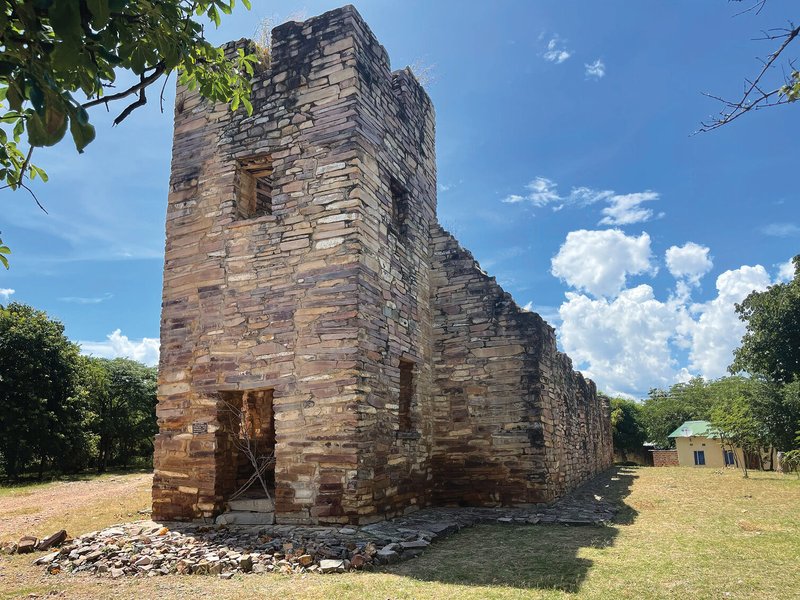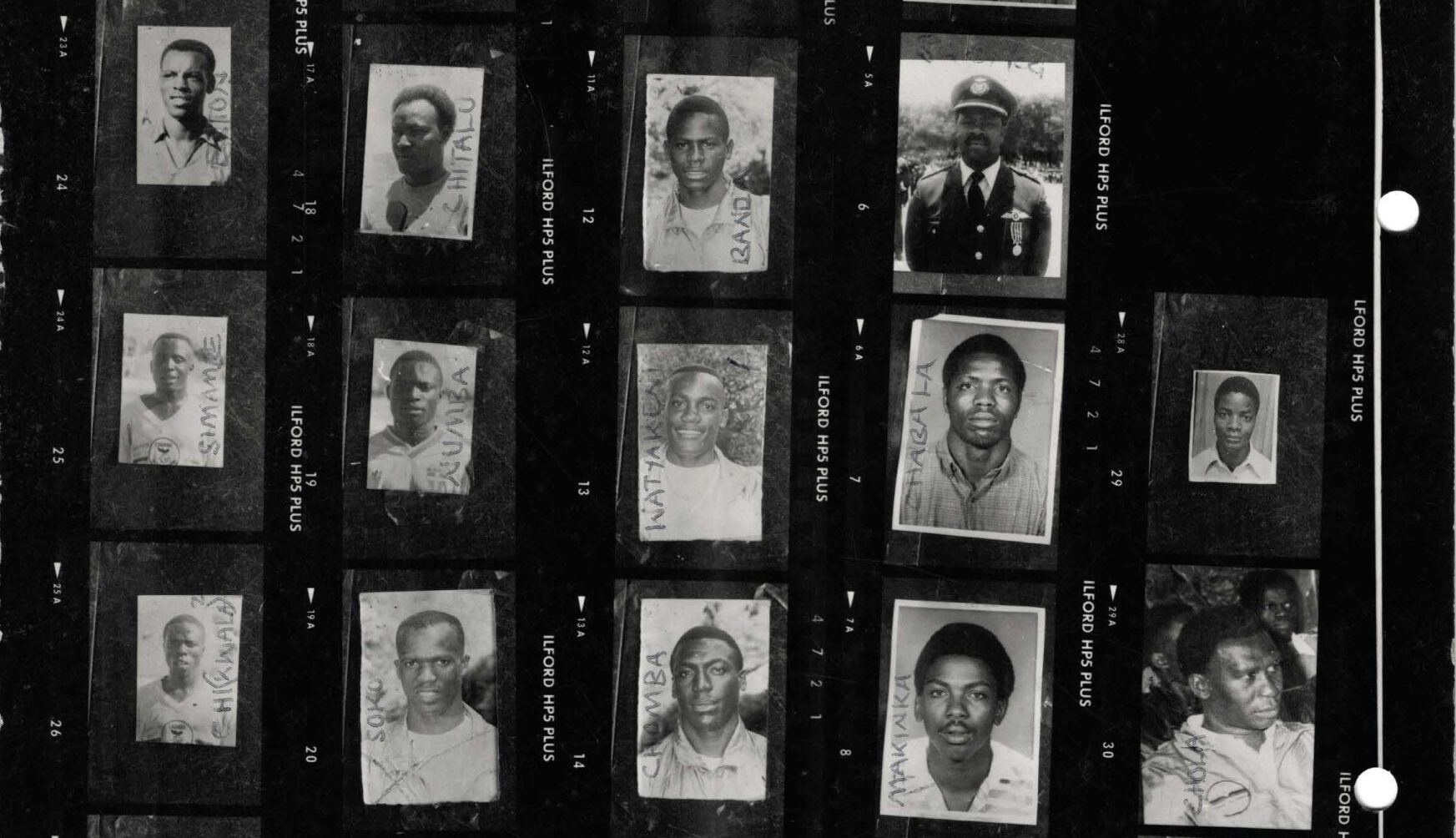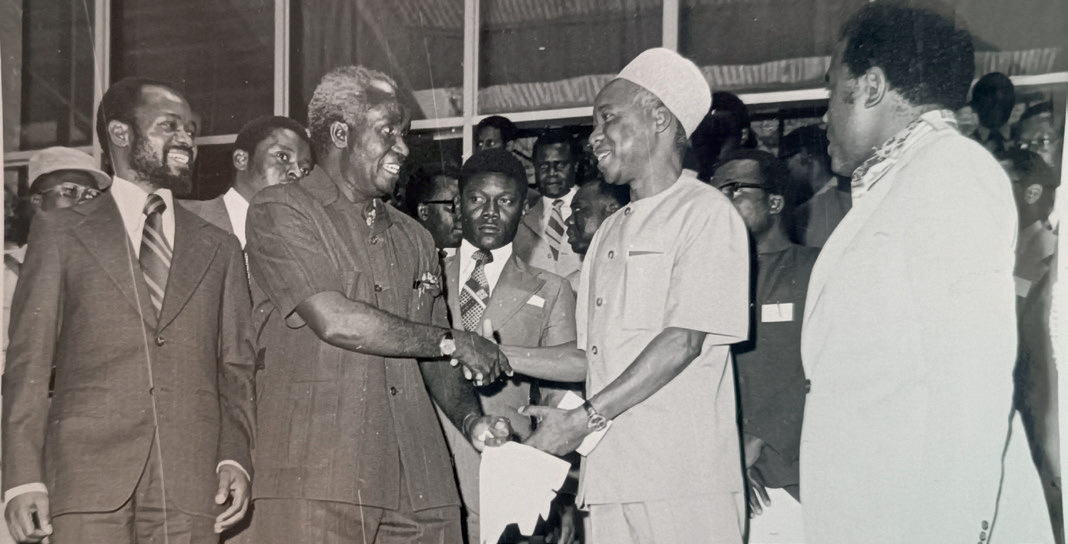Zambia’s historical churches were built by missionaries in the 19th and 20th centuries. These buildings symbolise faith and architectural beauty. This article takes you through three sacred sites that reflect Zambia’s religious and cultural evolution, leaving behind both stunning monuments and poignant ruins.
Although Zambia now legally identifies as a Christian nation, until the 1800s, Zambia had been a land untouched by the sound of church bells. Missionaries inspired by the writings of David Livingstone ventured to explore this, then-untamed, land and convert its natives. With them, they brought the Faith and the buildings that house it. The consequences of those first tolling bells would spiral down through time, shaping the land, its people and its architecture as we know them today.
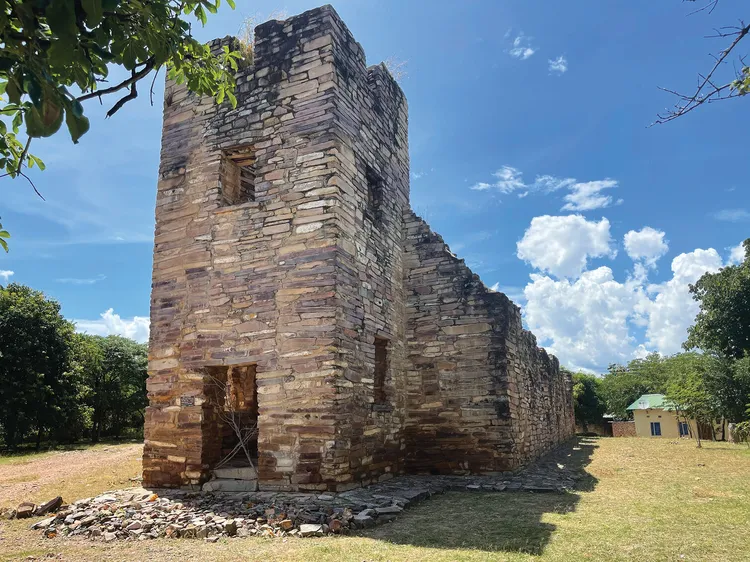
Niamkolo
For a building that stands on the shores of Lake Tanganyika, commanding its shine right next to the natural marvel is no small feat. Built from local sandstone that glows golden when the light of the sun touches it, Niamkolo manages to do the near impossible.
Established in 1895 by the London Missionary Society, the church holds the title of the first church to be built on Zambian soil. Designed by settler Adam Parv and constructed with the assistance of indigenous Zambians, it was positioned on the Mpulungu shorelines to double as a welcoming beacon to any voyagers.
Sadly, we will never be able to see the full beauty of Niamkolo in technicolour. While it was a centre of worship and converts for nearly a hundred years, Niamkolo was abandoned in 1908 when its occupants fled the region to avoid the sleeping sickness caused by tsetse flies. Niamkulo deteriorated into disrepair, losing its roof and many other things before it was declared a national monument. In spite of time, its beauty remains, as do its foundations: foundations of a faith that would shape Zambia in ways beyond architecture.
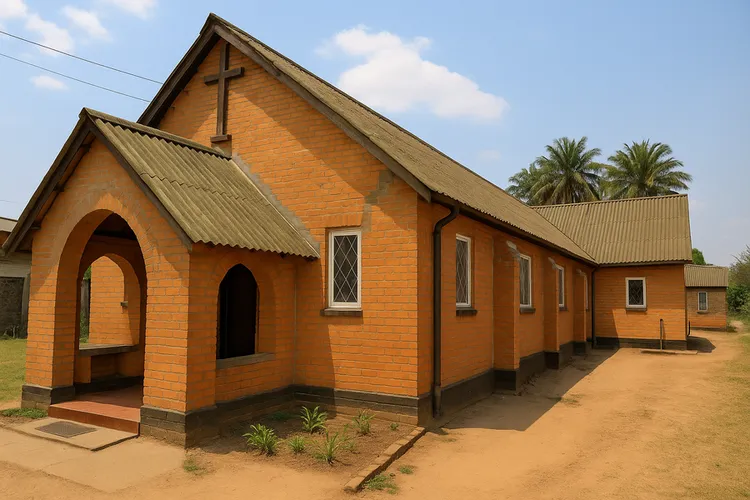
St George’s Anglican Church
Erected in 1918 by British settlers in what was then referred to as “Broken Hill” (now Kabwe), St George’s Anglican Church is one of the first Anglican churches built in the then major mining town.
A quaint building of brick, orange and blue, it appears as a focal point for the community to gather. On one window, a portrait of Jesus in an orange coat glows gold as sunlight filters through the stained glass. On the walls hang gold-plated frames, some highlighting artwork from important moments in Christian history, others illuminating highlights from the collective lives of the parish, emphasising its role as both a religious and social gathering point.
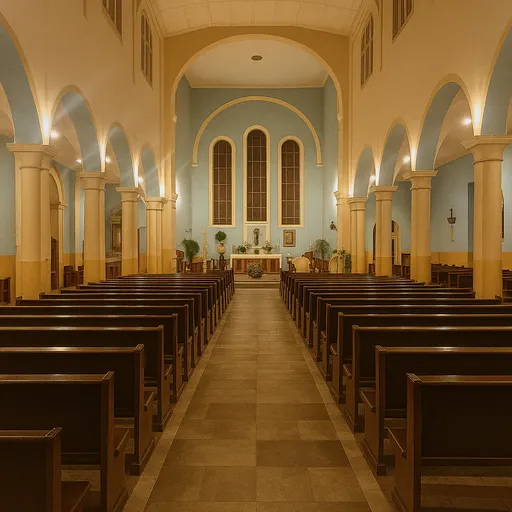
St Ignatius Catholic Church
In Lusaka Central, stands a tall brick building surrounded by trees in bloom. St Ignatius’s Parish is striking even from the outside, a flight of steps leading you to its entrance serves as a prelude to its majesty.
Inside is a ceiling of sky blue, its imposing height imitating the heavens. The walls holding up the vault are a calming beige, perhaps symbolising the purity of the dove. Its stained glass windows mirror the blue within and without, and the silence is haunted by the scent of incense.
St Ignatius was established in 1937 as one of Zambia’s first Catholic churches, and now a fifth of the population keeps the Catholic faith. The church is named for Ignatius of Loyola, a Spanish priest and the founder of the Jesuit movement. It seems only fitting that a church so deeply embedded in Zambia’s Catholic roots bears his name.
It’s impossible to know what Zambia would have been had those first church bells never tolled. To some, they signal a momentous loss, but to many, a great gain. Either way, they brought with them a new direction that has led us to where we stand today. A land of beautiful buildings and poignant ruins. What we choose to build next is fully in our hands.
